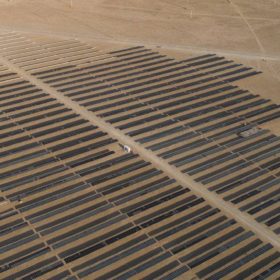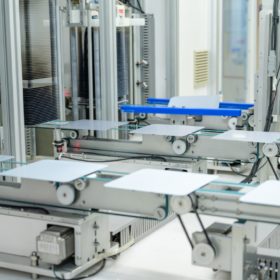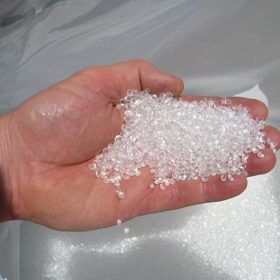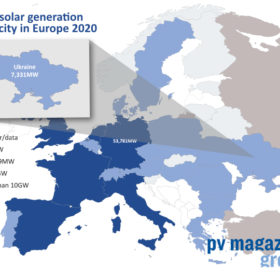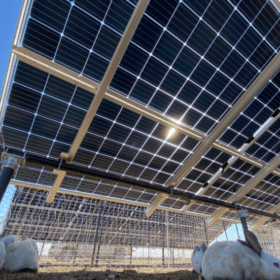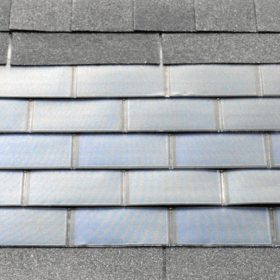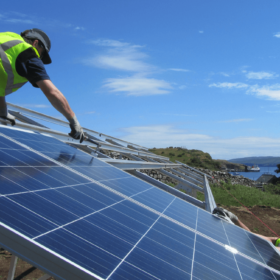Masdar wants 200GW of renewables capacity
The state-owned UAE clean power developer appears to have quadrupled its previously announced ambition today as it announced its $20 billion renewables portfolio rose from 10.7GW to more than 15GW last year.
GCL shifts emphasis to green hydrogen as gas supply deal falls through
Previously announced plans by the solar developer to pay a deposit to secure gas from a connected business expired on Friday and the company has now said it will focus on a form of the energy carrier powered by renewables.
Chinese PV Industry Brief: Jolywood, Jinko expand polysilicon capacity
In other news, Canadian Solar revealed it shipped 14.5 GW of solar modules in 2021 and China Power said it installed 1.22 GW more solar generation capacity last year.
EVA the next supply chain pinch point for solar
With polysilicon production capacity having been rapidly rolled out after last year’s shortages, China analyst Frank Haugwitz has suggested global manufacturing capability for the ethylene vinyl acetate used on PV panels could struggle to keep pace with what is expected to be another record year of demand for solar.
Investment cycle means race is on to incentivize green hydrogen
A report published by Irena hints the world’s politicians will have to get to work immediately to avoid another generation of fossil fuel-fired hydrogen, ammonia, and methanol plants being set up to run into the second half of the century.
Solar plants under threat from hostilities in Ukraine
Trade body the Ukrainian Association of Renewable Energy says more than 70% of the nation’s solar fields are either in, or near regions which have been affected by the fighting.
Chinese PV Industry Brief: Xinte wants to add another 200,000 tons of polysilicon capacity
Xinte’s new manufacturing facility is planned to be located in Changji county, in the Xinjiang Uygur autonomous region. Moreover, Longi is planning to build another factory in Erdos City, Inner Mongolia.
Bail-out of Chinese developer could drive 735MW of solar
Heavily-indebted developer Beijing Enterprises Clean Energy has said it plans to use part of its anticipated $600 million windfall constructing 655MW of agrivoltaic and acquaculture-linked PV generation capacity.
Chinese PV Industry Brief: 50 GW plan for rooftop, BIPV
Elsewhere, Wafer manufacturer Shangji Automation has secured a long-term wafer supply agreement from cell maker Aiko Solar and wafer maker Zhonghuan Semiconductor reported record revenue for 2021. Furthermore, GCL-Poly appears to have backtracked on its plan to rename the business GCL Technology
Scotland sourced almost all ‘gross electricity’ from renewables in 2020
The nation accounted for almost a quarter of the UK’s clean energy generation in a Covid-hit year as renewables accounted for 61.8% of its power mix, according to a study produced by the UK government.

